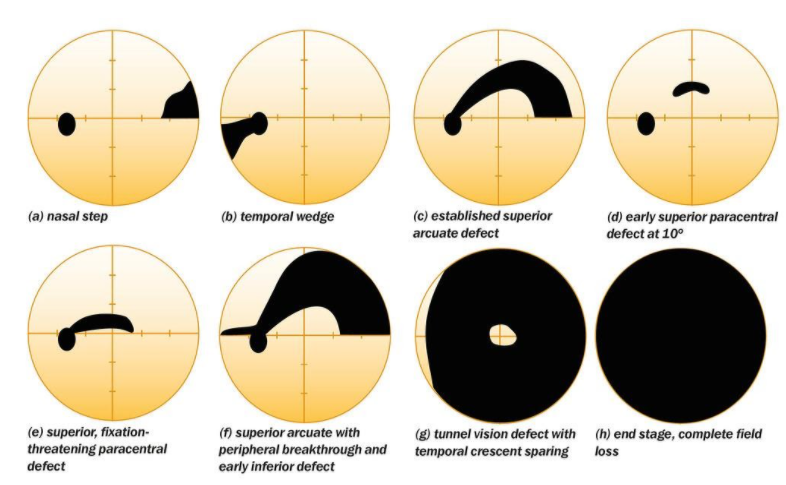
Identify the value of persistence of vision.
A) 1/10 of a second
B) 1/12 of a second
C) 1/16 of a second
D) 1/20 of a second
Answer
548.7k+ views
Hint: The image of the object formed on the retina of the eye does not disappear immediately. Even if the object is removed, the image of any object seen will last 1/16 second on the retina. This eye sensation that lasts for a period of time is called visual persistence. Persistence of vision is used in cinematography.
Complete answer:
"Persistence of vision" can also be understood as "flicker flicker", the effect that continuous visible vision is maintained when the light entering the eye is cut off in short and even intervals.
Since its inception, the term "persistence of vision" has been seen as an explanation for the perception of movement in optical toys such as the phenakistoscope and zoetrope and later in the cinema. However, this theory was challenged even before cinema was introduced in 1895.
If "visual constancy" was explained as "flicker fusion", it could be seen as a factor in the illusion of motion pictures in cinemas and related optical toys. but not as the sole principle.
Early descriptions of the illusion often attributed its effect to imperfections in the eye, especially the retina. Nerves and parts of the brain are then part of the explanation.

Thus the correct answer is option ‘C’.
Note: Persistence of vision is a widely accepted, albeit somewhat contradictory, theory that the human eye always maintains an image for a fraction of a second (about 0.04 second). This means that everything we see is a nice mix of what's happening now and what's happening a second ago.
Complete answer:
"Persistence of vision" can also be understood as "flicker flicker", the effect that continuous visible vision is maintained when the light entering the eye is cut off in short and even intervals.
Since its inception, the term "persistence of vision" has been seen as an explanation for the perception of movement in optical toys such as the phenakistoscope and zoetrope and later in the cinema. However, this theory was challenged even before cinema was introduced in 1895.
If "visual constancy" was explained as "flicker fusion", it could be seen as a factor in the illusion of motion pictures in cinemas and related optical toys. but not as the sole principle.
Early descriptions of the illusion often attributed its effect to imperfections in the eye, especially the retina. Nerves and parts of the brain are then part of the explanation.

Thus the correct answer is option ‘C’.
Note: Persistence of vision is a widely accepted, albeit somewhat contradictory, theory that the human eye always maintains an image for a fraction of a second (about 0.04 second). This means that everything we see is a nice mix of what's happening now and what's happening a second ago.
Recently Updated Pages
Master Class 12 Business Studies: Engaging Questions & Answers for Success

Master Class 12 Economics: Engaging Questions & Answers for Success

Master Class 12 English: Engaging Questions & Answers for Success

Master Class 12 Maths: Engaging Questions & Answers for Success

Master Class 12 Social Science: Engaging Questions & Answers for Success

Master Class 12 Chemistry: Engaging Questions & Answers for Success

Trending doubts
What is meant by exothermic and endothermic reactions class 11 chemistry CBSE

Which animal has three hearts class 11 biology CBSE

10 examples of friction in our daily life

One Metric ton is equal to kg A 10000 B 1000 C 100 class 11 physics CBSE

1 Quintal is equal to a 110 kg b 10 kg c 100kg d 1000 class 11 physics CBSE

Difference Between Prokaryotic Cells and Eukaryotic Cells




